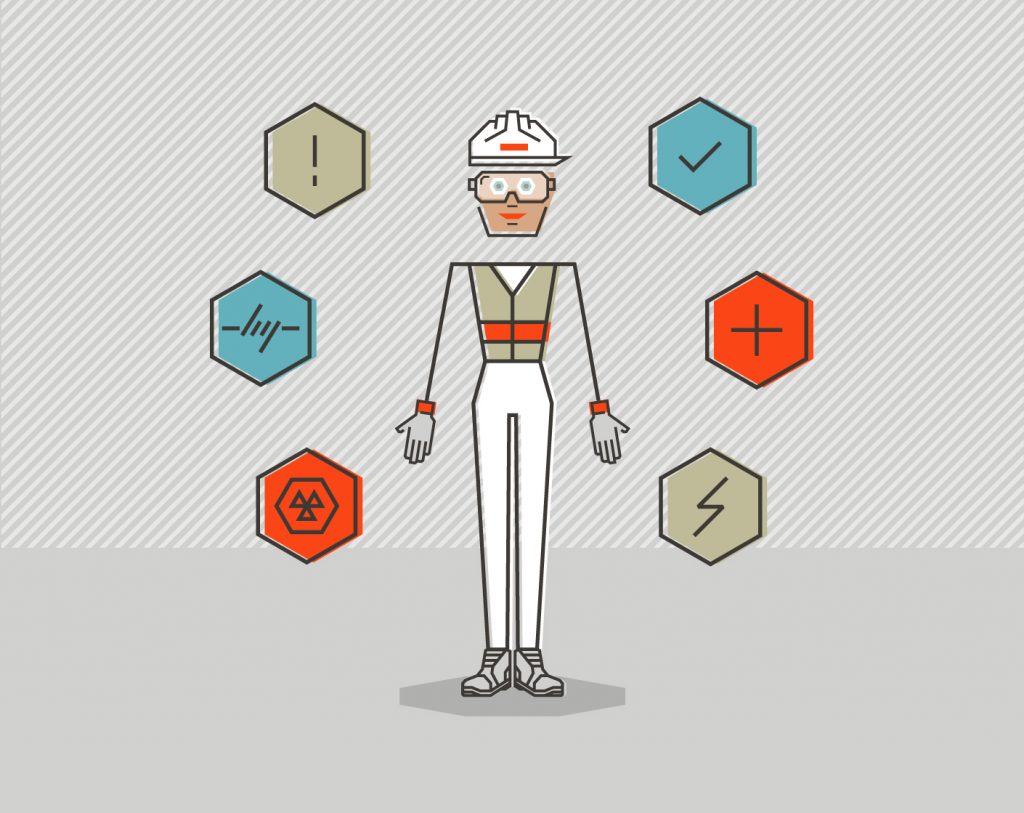What do we mean by employee ownership of health & safety?
By: Ron Gantt

Health and safety has always been something we do to people. I can’t tell you how many times I’ve been asked to create a health and safety policy by simply looking at the task, developing a set of requirements (usually based on some regulatory requirement or external “best practice”), and then handing it off to the team to execute. Easy job!
Obviously, this approach has flaws. Most importantly, it places people who are far removed from the work in the position of telling those closest to the work how to do their jobs. And humans typically hate being treated like mindless robots.
It’s no wonder then that people tend to push back against this approach. And it’s no surprise workers often see safety as not helpful, and that in many industries we are seeing performance in health and safety plateauing.
As a result, a lot of people are realizing that we need to change our approach. We need to do health and safety with people. And this is often where the talk about employees “owning” health and safety stems from.
Here’s the thing that I’ve noticed though: for a lot of people, when they talk about employee ownership of health and safety, they really just mean getting workers to “own” the health and safety policies we give them. Basically, we aren’t really changing anything from the above. We just want them to be excited about it.
Don’t tell anyone I told you this, but many health and safety initiatives, like going after hearts and minds, using behavioral approaches to health and safety, and safety culture interventions, fall into this trap. They are just nicer ways of saying “we know the right way to do this task, now if only you would do it that way everything would be fine.” A lot of employee ownership approaches to health and safety would just add “and we want you to be excited about it too!”
Why do we want employees to own health and safety?
This might sound like a stupid question. Isn’t it obvious why we want employees to own health and safety? I’m not so sure. Because I think we often take for granted that certain things we do in health and safety are self-evident, i.e., we should just do them because that’s the right thing to do.
Don’t get me wrong, we should want to do the right thing. But sometimes people can want to do the right thing but still end up doing the wrong thing. And if what we are doing is important (which I think it is) it’s worth taking some time to think critically about.
If you think employee ownership of health and safety is important because we need a way to get people to follow safe working procedures, then I honestly don’t think you truly want employee ownership. I think you want employee compliance. You just want people to be excited about complying.
Now some people are uncomfortable admitting that (which I think is telling on themselves a little bit, but I digress). However, it’s important to be clear about why we are doing what we are doing. To put it another way, we need to be clear about what problem we are trying to solve and whether it is the right problem to solve.
Work-as-imagined vs work-as-done
Recently I was reminded of a clip from Walk the Line, the biopic about life of the late singer Johnny Cash. In the scene, Johnny is challenged by his record producer to think of a situation where he had only one song to play. The song that would define his life. He then breaks into Folsom Prison Blues, which is just…just gold in my book.
It made me think, if I had one message to send to people about health and safety. Only one truth, if you will, that I could impart to them, what would it be?
Here’s what I came up with:
There is always a gap between how we think work happens and how it actually gets done.
That’s it. How we make sense of that truth defines our approach to health and safety (and other parts of life as well).
How you make sense of that truth defines if and why you think employee ownership of health and safety matters and how you go about achieving it.
For example, if you think that the gap exists because people don’t care enough about health and safety, then your attempts to close that gap will be designed to fix that motivational issue.
However, if you believe the gap exists because work is messy then employee ownership is something else entirely. If you believe that all work involves uncertainty, conflicting goals, and limited resources, then employee ownership is about admitting that ownership isn’t really something you can ‘give’ to begin with. The employees have owned it all along.
Work is so messy that no procedure perfectly describes how to do it. As a result, work is a problem that workers have to solve every day. The only question is: do we want to get into the messy gap between work as we imagined it and work as done with them? Do we want to help them and support them?
And, of course, this suggests new practices. Not the least of which is learning from everyday work. We need to find ways to understand the challenges workers face every day. And then we need to help ensure they have what they need to meet those challenges.
Procedures are no longer merely tools for compliance, but resources that help guide action (amongst other resources). Workers are no longer merely meant to comply with procedures, but procedures are meant to serve workers. Do they help people get work done safely and successfully? If not, they aren’t worth the paper they are written on.
It’s as easy and as hard as that. But you can see it changes the way we think about doing safety with people. Instead of inviting them into our world of compliance, we are standing with them in their complex world of work.


